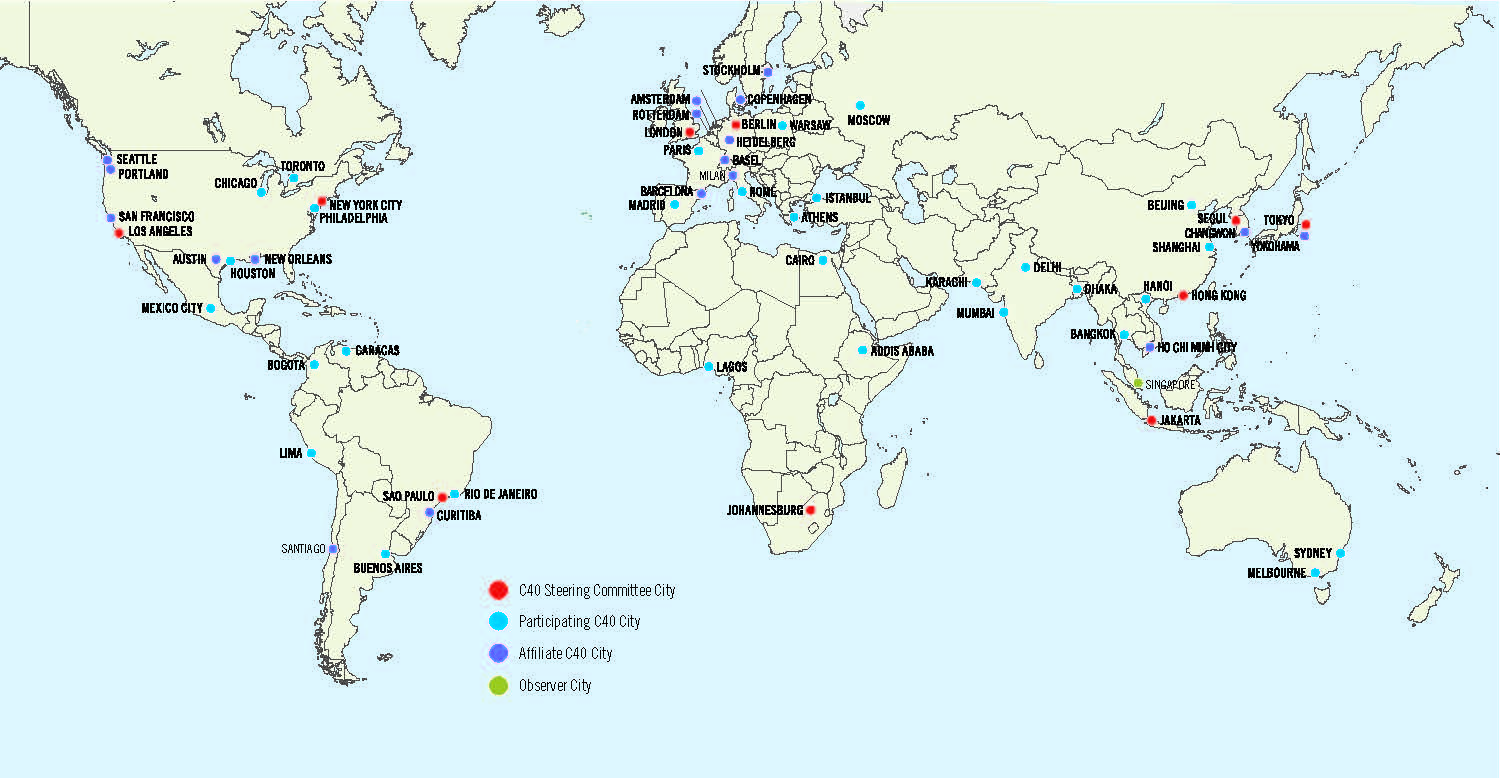

These sectors display a special affinity for the performance-enhancing environment that is found above all in large city-regions. This fundamental change is in part due to the emergence and growing importance of new, flexible manufacturing and service sectors all over the world. Indeed, as competition in global markets intensifies, national production systems are rapidly mutating into city-centered networks of businesses and associated regional labor-market activity. Rather than fading away as technology improves, big cities - or more precisely, city-regions - have become the motors driving an increasingly integrated global economy.

By 2015, the populations of Tokyo, Shanghai, S ão Paulo, Bombay, Lagos, Jakarta and Karachi are each expected to exceed 20 million. Almost half of the world’s population now lives in urbanized areas. At least 20 of the world’s metropolitan areas have populations of more than 10 million, making them larger than many countries. New communications technologies, it is often said, will make large-scale urbanization a thing of the past. Much has been written in recent years about the prospective obsolescence of cities. Editor’s note: This is an article from the Fall 1999 issue of UCLA Magazine.


 0 kommentar(er)
0 kommentar(er)
